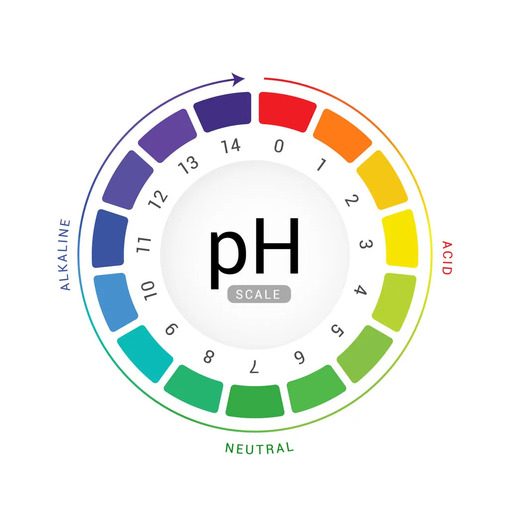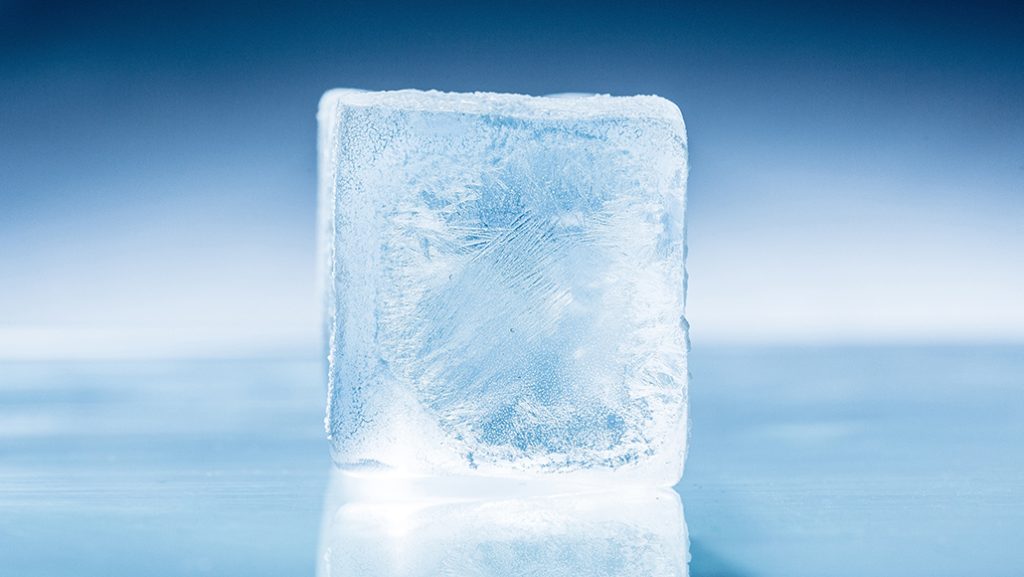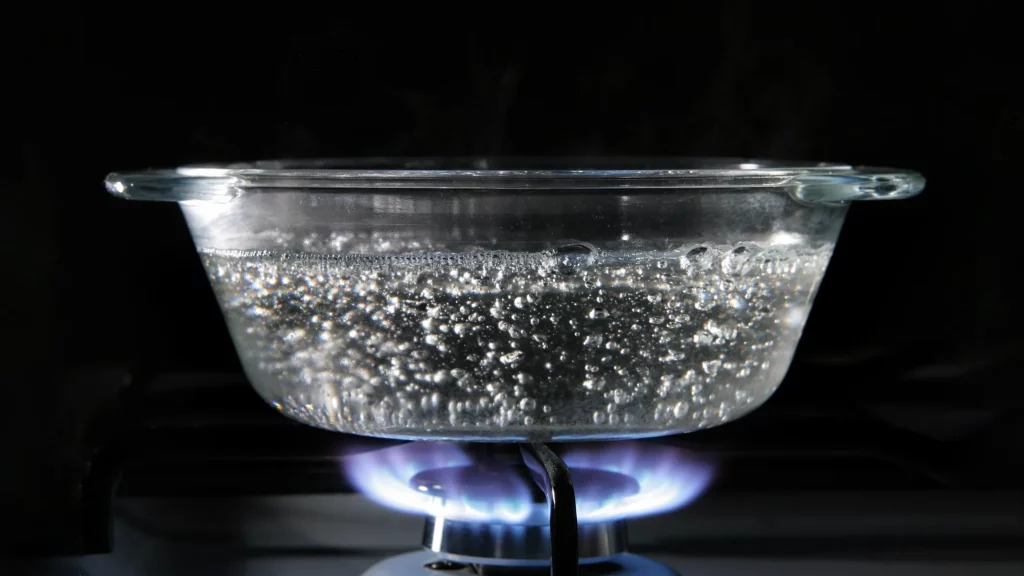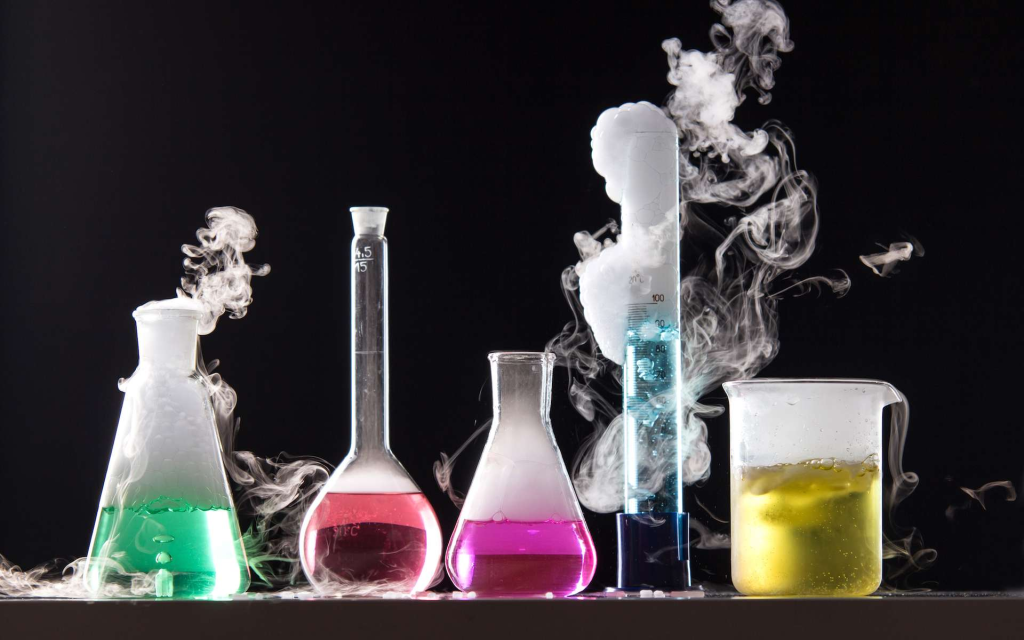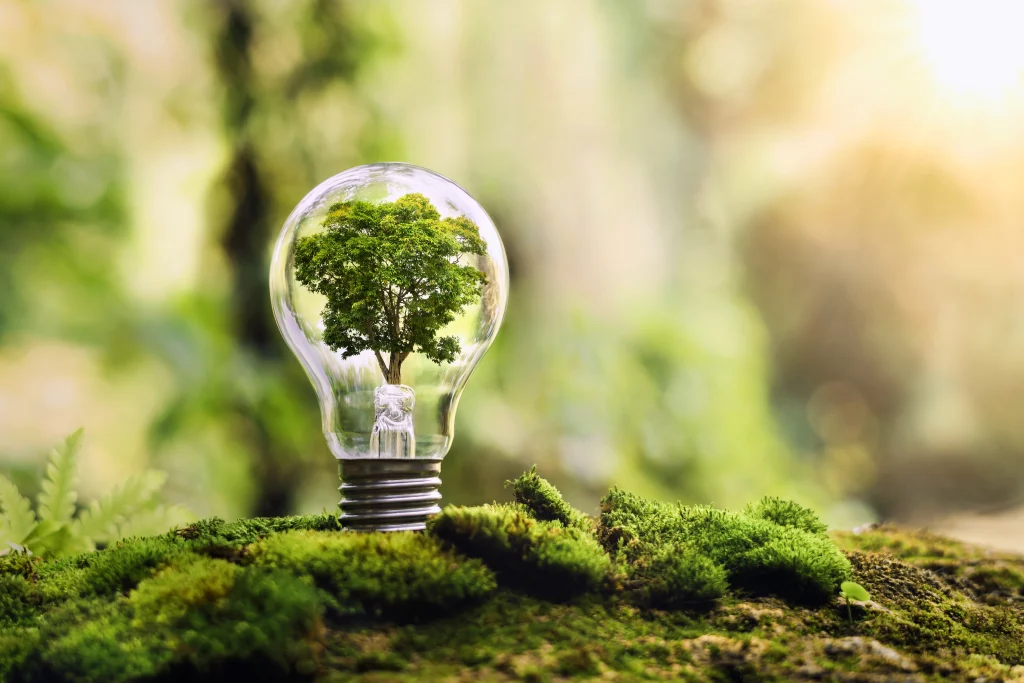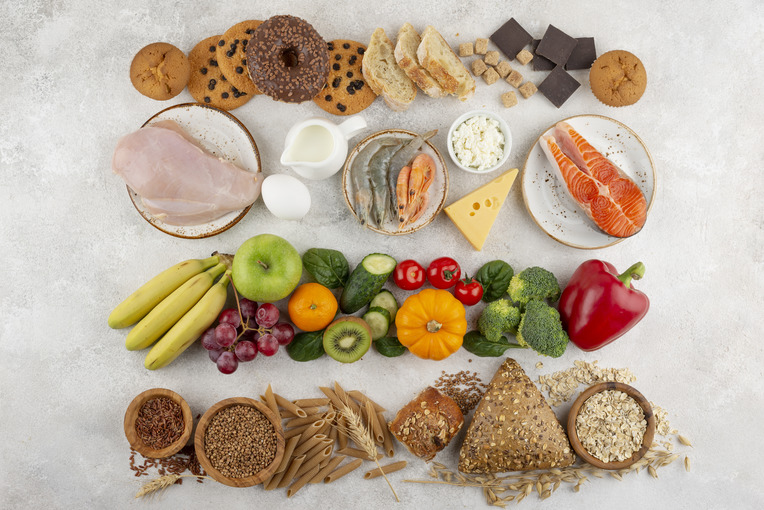Laboratory work №7: pH measurements
In this laboratory work you will learn how to make the pH indicator yourself and apply it Long-term plan section Subsections of the standard curriculum Learning objectives Chemical reactions Natural acids and alkalis. Indicators. Laboratory experiment No. 7 “Study of acidity and alkalinity of the medium of solutions”. 7.3.4.1 be aware that the properties “acidity” and “soapiness” may be signs of some natural acids and alkalis; 7.3.4.2 know chemical indicators–methyl orange, litmus, phenolphthalein and their color change in various media; 7.3.4.3 be able to determine acids and alkalis using a universal indicator based on the pH scale;
Laboratory work №7: pH measurements Read More »

